Torrontes wine is a delicious Argentinian white dry wine. However, its perfection does not end with only that!
In this Torrontes wine guide, we will learn what makes this liquor unique from other drinks. Most importantly, we will explore its characteristics, tasting notes, prices, and food pairings. A bonus guide on how to store Torrontes wine will also be available at the end of this post.
What is Torrontes Wine?
So, first things first, what is Torrontes wine? Torrontes wine is known for being an aromatic white wine widely produced in Argentina. People agree that this wine is an interesting drink mainly because of the various flavors it can offer. But, more than that, Torrontes also has interesting misconceptions attached to it.
Due to the sweet aromas of this wine, it is often perceived as a dessert wine, which is entirely false. This misconception scares other drinkers from trying Torrontes wine, especially those not fond of sweet wines.
Another misperception about Torrontes is that it is a Spanish wine. Although there is a so-called Torrontes from Spain, Albillo Mayor, it is a genetically different grape variety. Meanwhile, the Torrontes from Argentina is where it all started. It has three famous grape varieties, which are much known worldwide.
3 Popular Torrontes Grape Variety
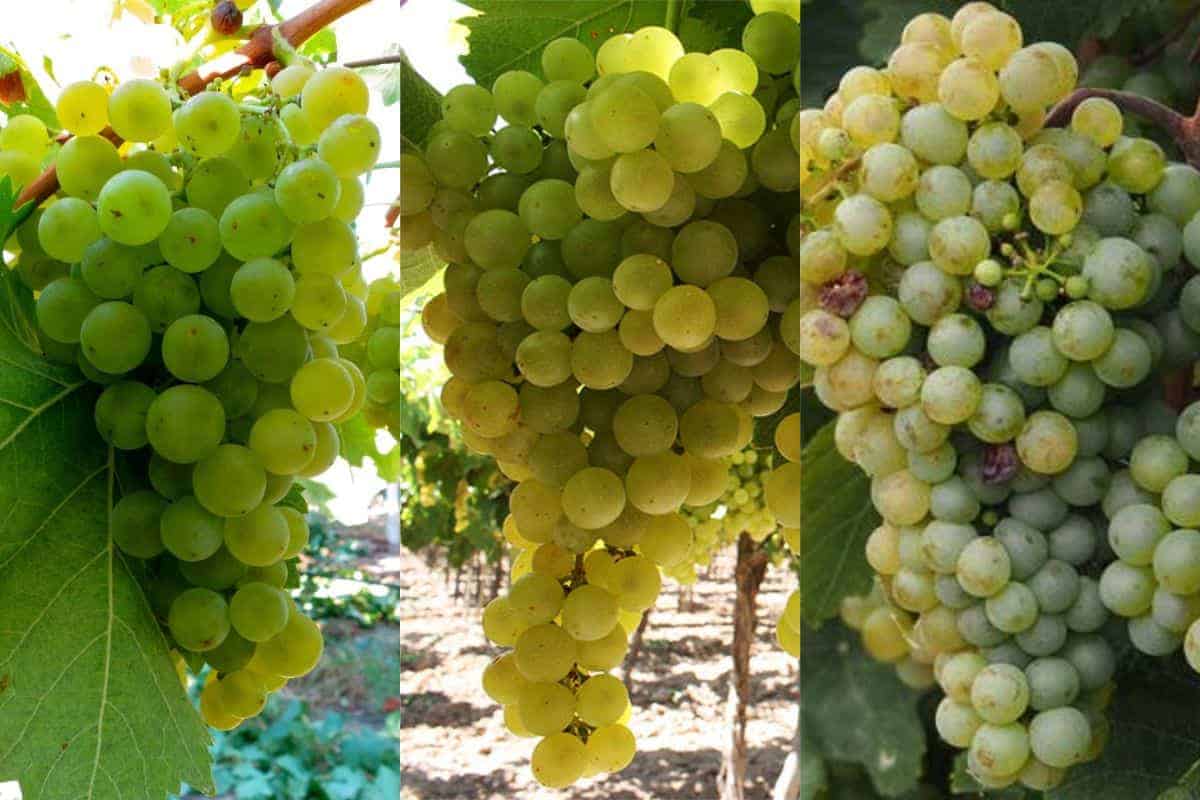
Torrontes Riojano, Torrontes Sanjuanino, and Torrontes Mendocino came from the same grape cross varieties: Moscatel de Alejandria and Criolla Chica. Hence, these three belong to the Criollas in Argentina. However, some experts state that Torrontes Mendocino has different roots.
Let’s compare the “Torrontes Sisters”!
| Torrontes Riojano | Torrontes Sanjuanino | Torrontes Mendocino | |
| Known sources | La Rioja Province | San Juan Province | Mendoza Province |
| Characteristics | Pale color, loose bunches | Pale color, loose bunches | Darker yellow, tighter bunches |
| Tasting Notes
|
Most aromatic
● Lychee ● Tropical fruits ● Spice |
Strongly to slightly aromatic
● Peaches ● Nectarine ● Apricots |
Least aromatic
Note: This is the reason it only suits as a table grape. |
Notable Torrontes Wine Region
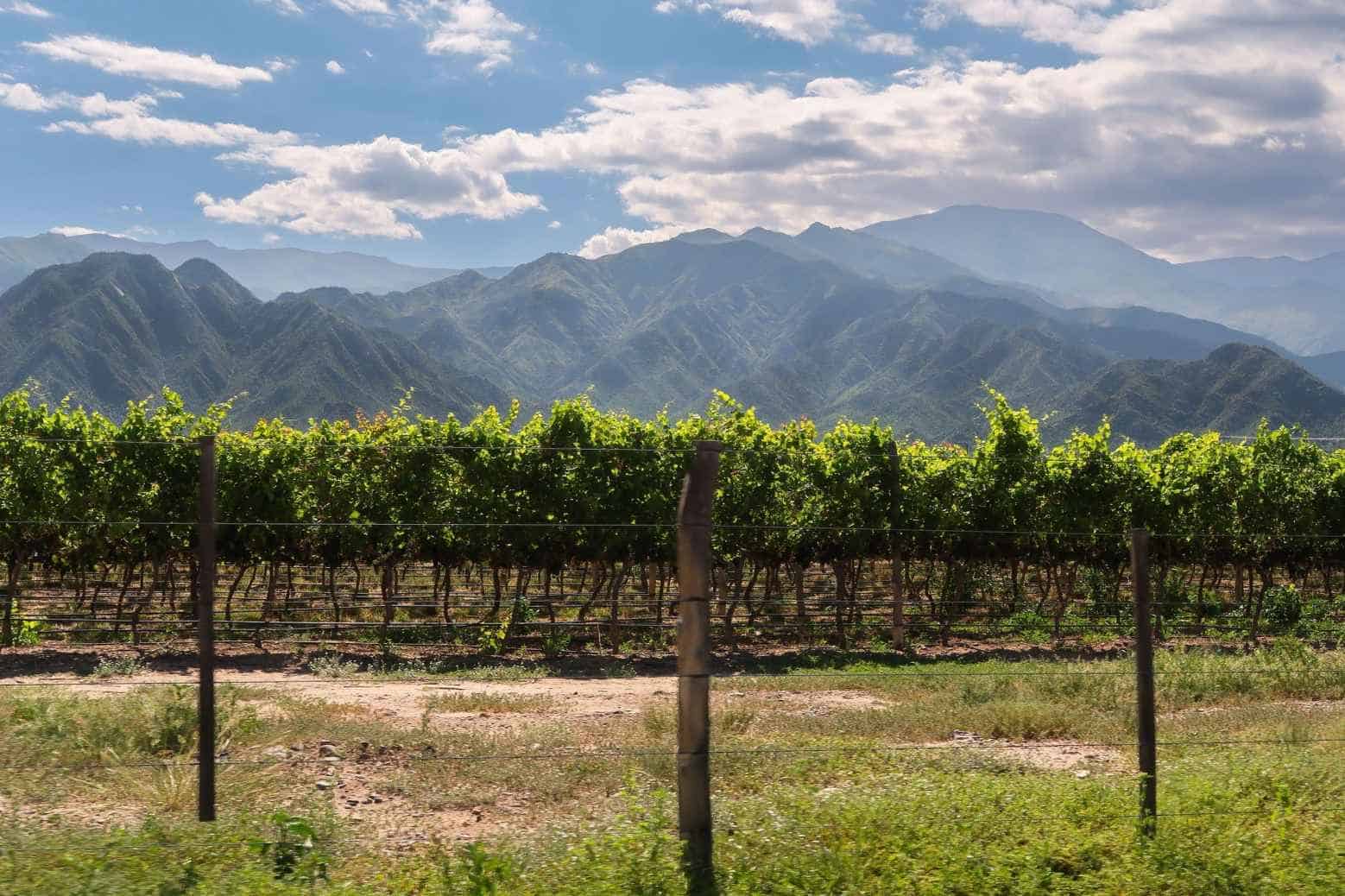
Torrontes is gaining much popularity; as of current reports, around 10,000 hectares of this grape are widely grown in different regions in Argentina.
Cafayate–an area in Salta, is the main contributor of excellent Torrontes grapes because of its Terroir. Provinces such as Mendoza, La Rioja, San Juan, and Tucuman also grow massive Torrontes crops. Meanwhile, Torrentes are also grown in Peru, Chile, and Samaipata in Bolivia.
All these regions are suitable for planting Torrontes since these are located in high-altitude areas. Cool climates help maintain the acidity of the grape.
Characteristics of Torrontes Wine
Now, let us take our understanding one step further by analyzing the characteristics of Torrontes wine using the five essential attributes of wine!
Torrontes wine, as we said, is often mislabeled as a dessert wine because of its sweet aromas. However, remember that Torrentes are dry wines, and they also contain a medium level of acidity and alcohol. Meanwhile, the viscosity of the wine may lie between watery and creamy, depending on how it is made by the manufacturer. Most of all, it is a low-tannin wine.
| Characteristics of Torrontes Wine | |
| Sweetness | Dry |
| Acidity level | Medium level |
| Tannin content | Few or low tannins |
| Alcohol level | Medium level |
| Wine body | Light to medium body |
Tasting Notes of Torrontes Wine

Since tasting notes is one of the strengths of Torrontes wine, it is essential to know these to familiarize yourself and avoid getting fooled! So, here’s a list of possible aromas or flavors that your Torrontes might have.
- Peach
- Melon
- Apricot
- Orange
- Pear
- Honey
- Pineapple
- Lychee
- Passion fruit
- Lemon
- Papaya
- Mango
- Cloves
- Rose
- Geranium
- Herbs
- Potpourri
How is Torrontes Wine Made?
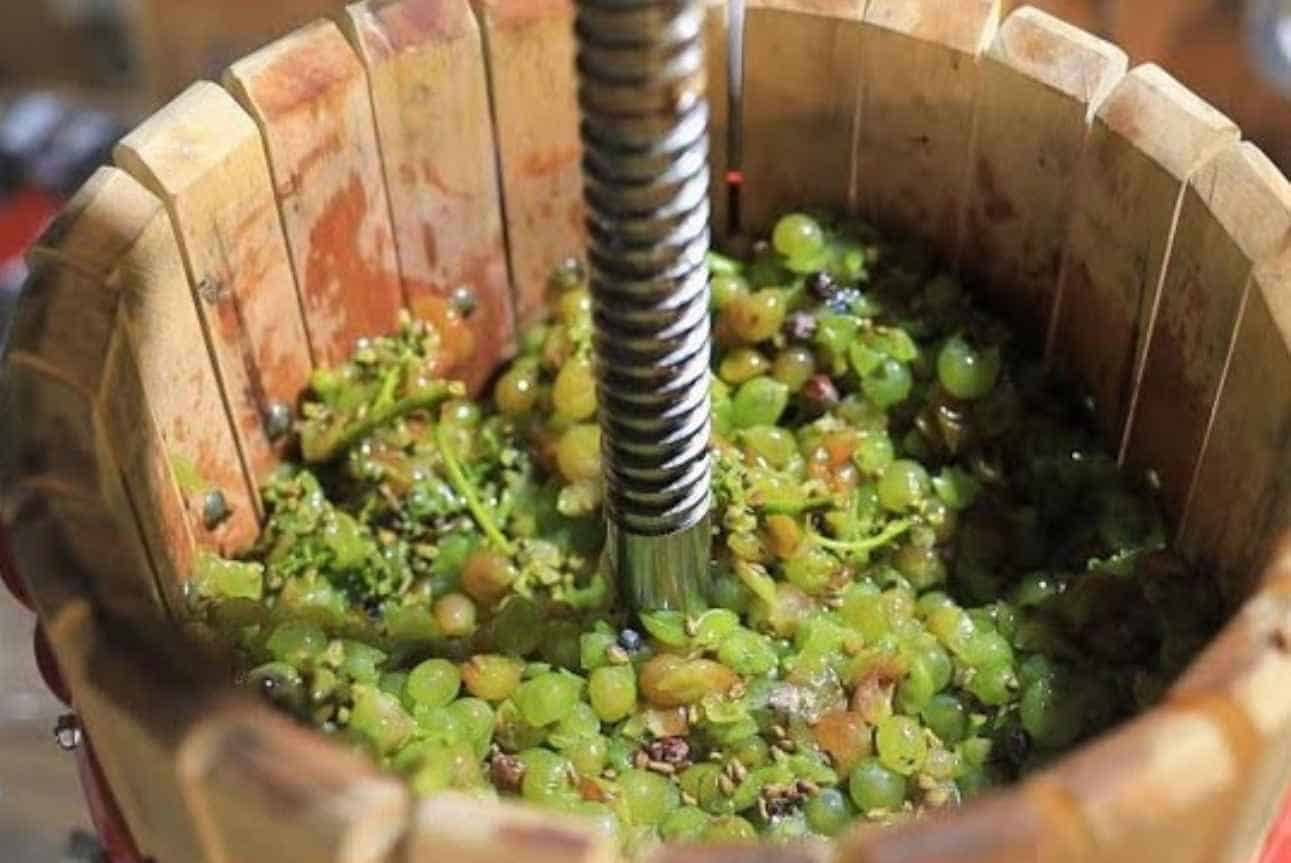
The process of making a Torrontes wine is not different from other wines. The steps include picking ripened grapes, pressing, fermentation, clarifying, and bottling. Although this may seem like a lot of work, Torrontes is worth the effort. So, let us quickly guide you with the steps!
Harvesting & Pressing
Harvest the Torrontes grapes on time– what we mean by this is, do not harvest unripe or overly ripe grapes. The quality of the grape will significantly affect the quality of the wine.
After harvesting is the pressing of the grapes, where utilizing a winepress is highly advisable. In this stage, adding sulfur dioxide is also beneficial to prevent bacteria spoilage while waiting for the fermentation. Once all the grapes are crushed or pressed, give it time to settle.
Fermenting & Clarifying
Fermentation is a known step when winemaking is the subject. This phase normally lasts for about 14 days to fully ferment the grape juices and have excellent wine. Each wine type has different criteria to be met during fermentation. For example, for Torrontes, it is best to ferment it in cool areas and cover it to save the natural scents of the grapes.
Meanwhile, clarifying the wine happens when the winemakers add a clarifying agent to the fermented juices. A clarifying agent is used to purify the mixture by removing suspended proteins that can cause hazy wines.
Bottling
Once the Torrontes wine undergoes the previous stages, it is ready for bottling. During this stage, a keen eye is necessary to ensure no other substances slipped during the clarifying period.
What Makes Torrontes Wine Different?

So, if you are wondering what makes Torrontes wine different even though it goes through the same process as other wines, keep reading because we have an answer for that!
Torrontes has a wide range of flavors and aromas that you can choose from. This characteristic alone makes this wine a great contender for the best white wines. One of its charms lies in the fact that it is a dry wine despite having sweet and floral flavors. Indeed, Torrontes can help you go out of your comfort wine and try something new!
Another quality of Torrontes that draws people is its availability and pricing. Many countries already produce this high-quality and affordable wine.
How Much is Torrontes Wine?
Most of the time, the pricing of wines is the deal breaker since everyone has their own budget to spare for their drinks. Well, for Torrontes, a huge budget won’t be necessary! Torrontes wines have reasonable prices. Here are eight Torrontes wine bottles you can consider purchasing, along with their prices, producer, and tasting notes.
1. Naranjo Torontel – $21.29
Producer: Maturana Winery
Country: Maule Valley, Chile
Flavor notes: Orange peel, honey, potpourri, white flower
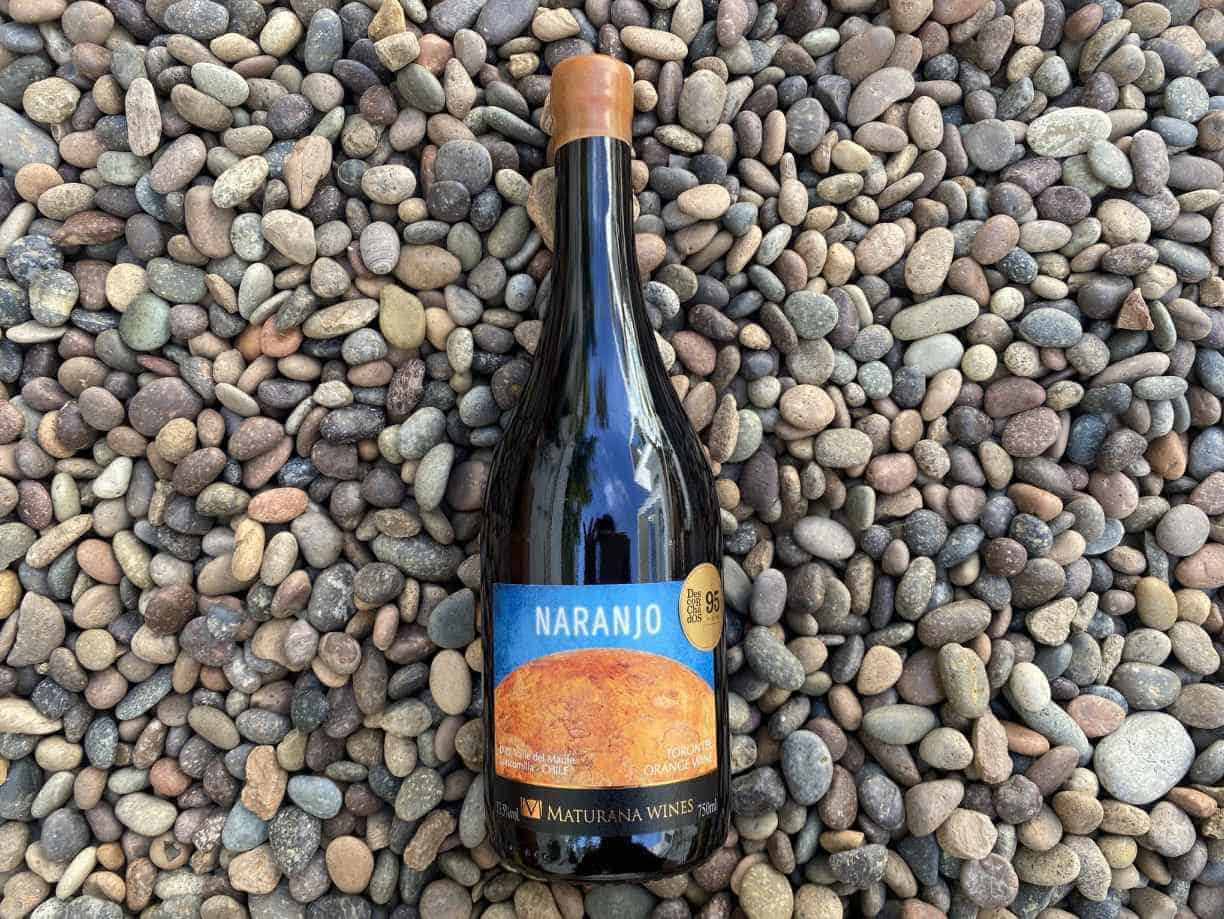
2. Serie A Torrontes – $17.99
Producer: Zuccardi Winery
Country: Salta, Argentina
Flavor notes: Citrus, lemon, grapefruit, pear, peach, pineapple, lychee, papaya
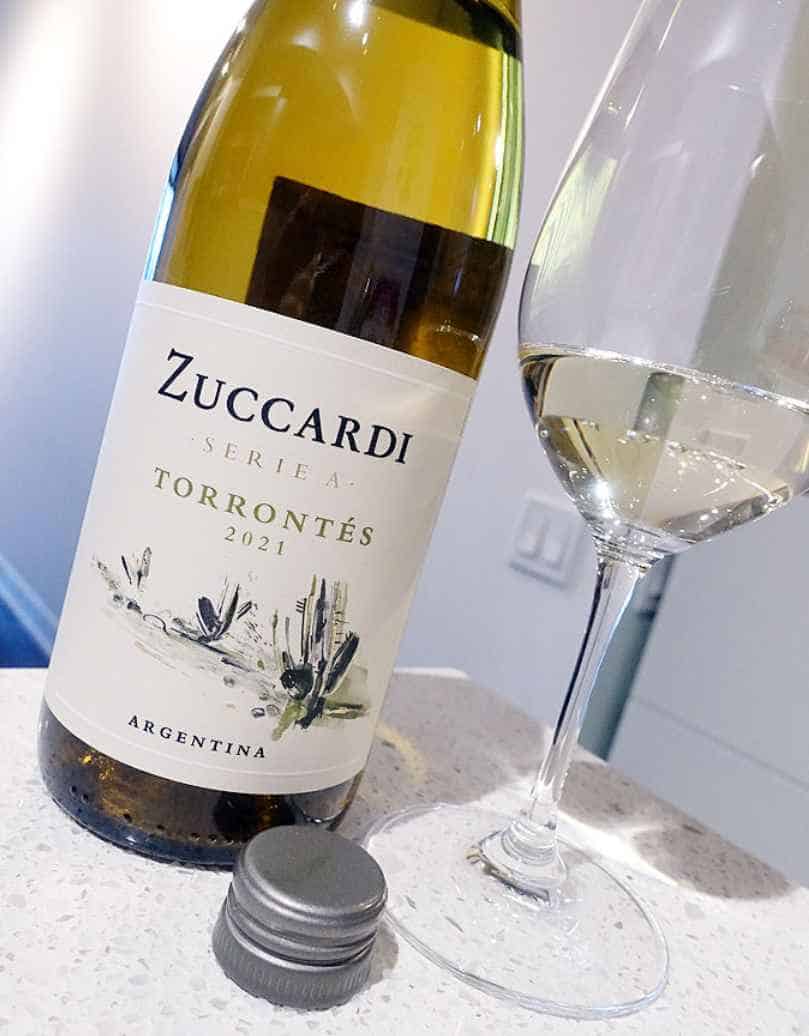
3. The Winemaker Torrontes – $16.99
Producer: Loscano Vineyards
Country: Salta, Argentina
Flavor notes: Tropical fruits, peach, pineapple, spice, jasmine, lychee
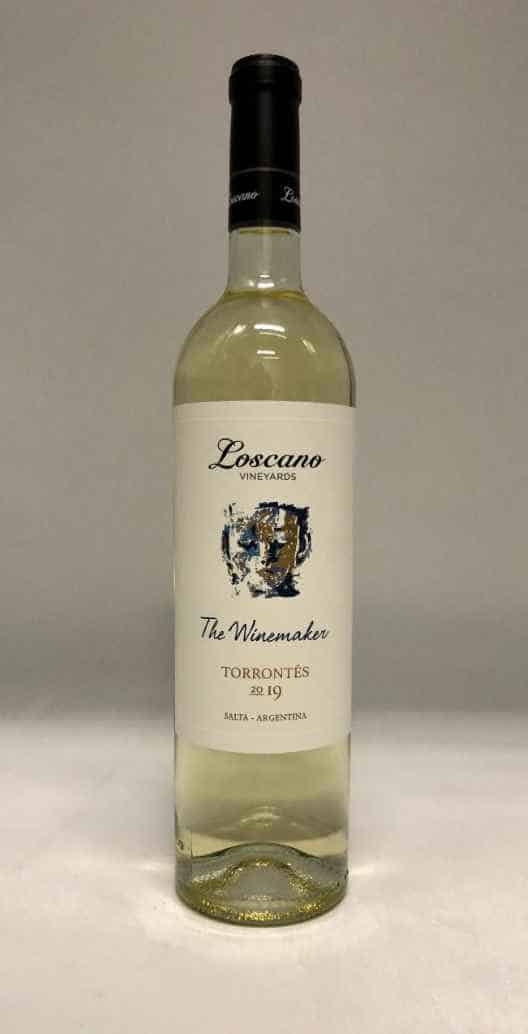
4. Otro Andar Torrontes – $22.99
Producer: Cuarenta Cuarenta
Country: Mendoza, Argentina
Flavor notes: Apple, pear, apricot, orange, butterscotch, allspice

5. Piattelli Torrontes – $14.87
Producer: Piattelli Vineyards
Country: Cafayate, Argentina
Flavor notes: Pineapple, orange blossoms, peach, lychee, fresh apricot

6. Colomé Torrontes – $12.99
Producer: Colomé
Country: Salta, Argentina
Flavor notes: Honeysuckle, jasmine, perfume, rose petal, peach, apricot, grapefruit, citrus

7. Altas Cumbres Torrontes 2021 – $12.95
Producer: Lagarde Winery
Country: Salta, Argentina
Flavor notes: flower scents, ripe peach

8. Don David Torrontes Reserve – $17.99
Producer: El Esteco
Country: Calchaqui Valley, Argentina
Flavor notes: orange trees, roses, vanilla, citrus

What to Pair with Torrontes Wine?
Do you crave a light, delicate dish that suits your Torrontes wine? Or do you want something spicy and intense cuisines to satisfy your palate? Well, worry no more because Torrontes wine is a versatile beverage you can pair with almost any dish!
Delicate and light dishes could balance the intensity of the flavors of Torrontes. Since Torrontes is an aromatic wine, pairing it with spicy cuisines to balance the fruity flavors is also a superb idea.
Suggested Pairings:
- Curry
- Ceviche
- Chicken satay
- Sushi and Sashimi
- Tofu
- Grilled chicken and calamari
- Cheese (Feta, Gruyère)
- Avocado toast
- Pad Thai
- Jalapeno poppers
- Sweet potato fries
- Shrimp pasta
- Coconut dishes
- Fish
How to Store Torrontes Wine?
With all the information we have given you on how special Torrontes wine is, you must take your appreciation into action by storing it properly. So, how to store Torrontes wine?
Torrontes wine is not as delicate as other kinds of wine; storing it in cool places is enough to preserve its quality. Since Torrontes is grown and produced primarily in cool regions, you should keep this at the same climate temperature, even at home. Keeping it in basements is the most common way to do this.
Another thing is to prevent exposing it to direct sunlight because it can affect the floral and fruity aromas of the Torrontes. Also, be wary of uncorking your Torrontes wine and not consume it all.
Bonus Tip: Use a tulip-shaped wine glass when drinking a Torrontes wine. This type of glass will help concentrate the aromas of the wine and direct it towards the tongue for a better wine experience.
Summary
If you are in search of a new wine to add to your collection or need to taste new flavors to clean your palate, we suggest trying a Torrontes wine! This Torrontes wine guide will help you understand why it is a great drink, from its characteristics, pairing, and pricing. Make the right decision and purchase this special drink.

